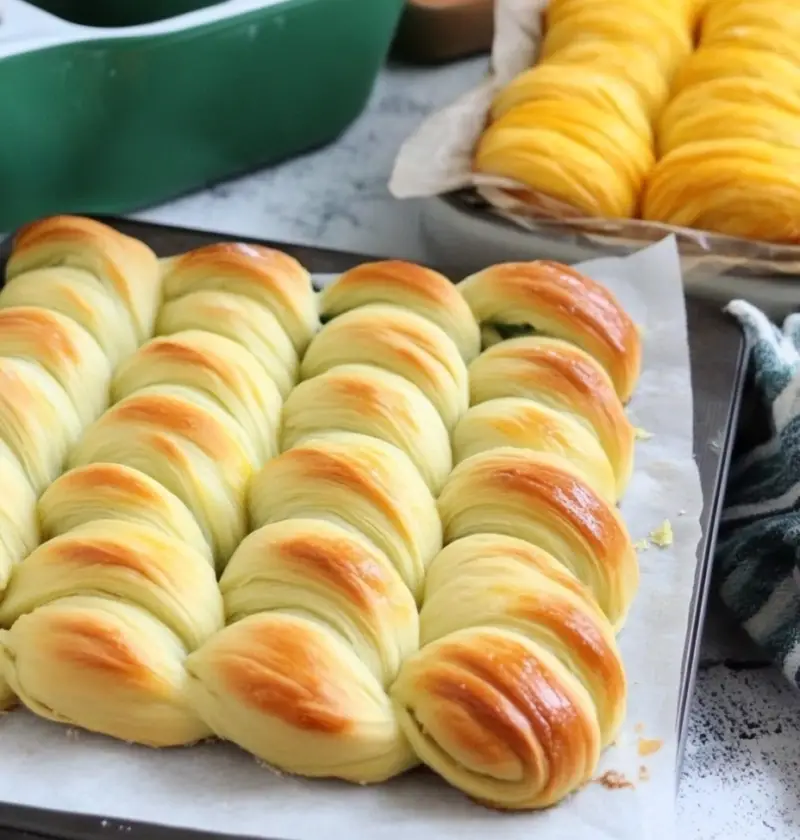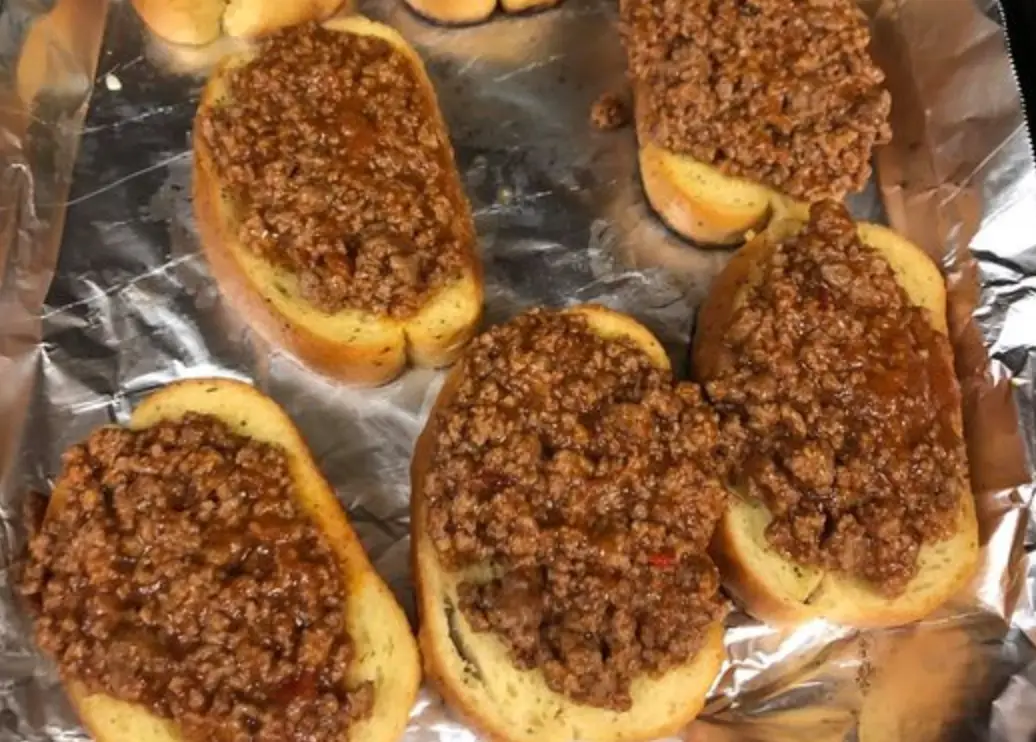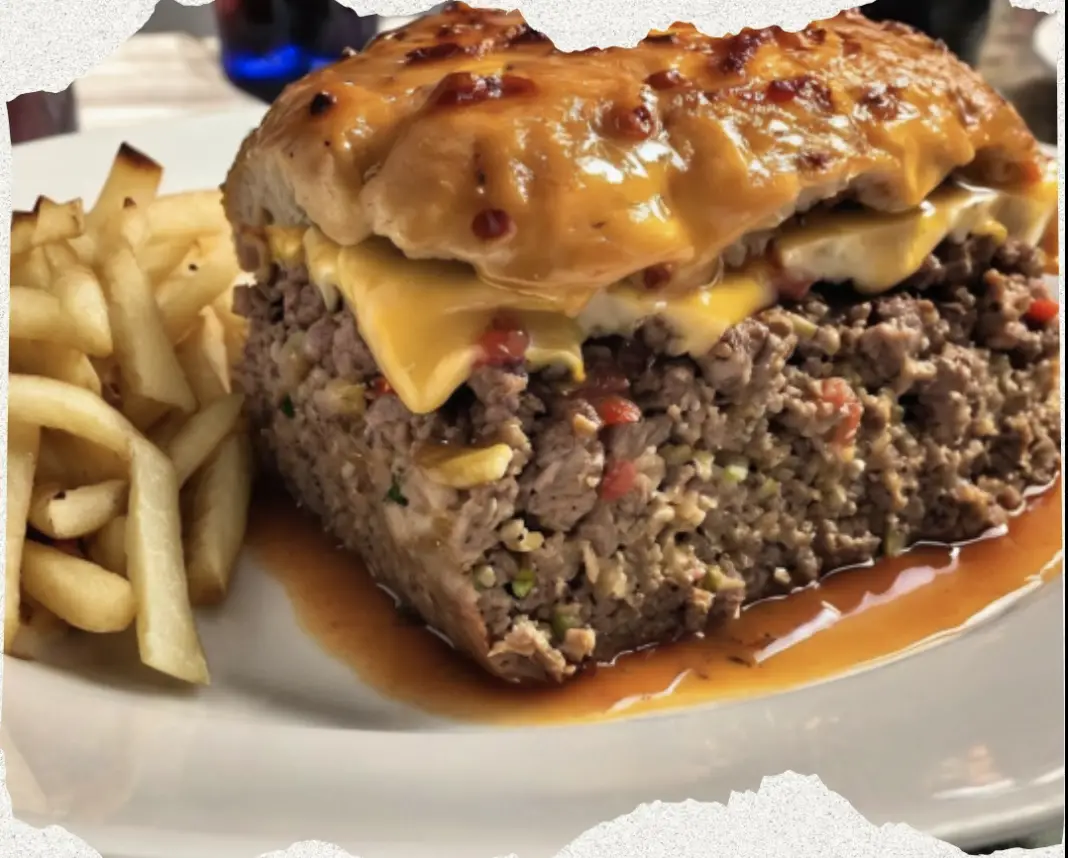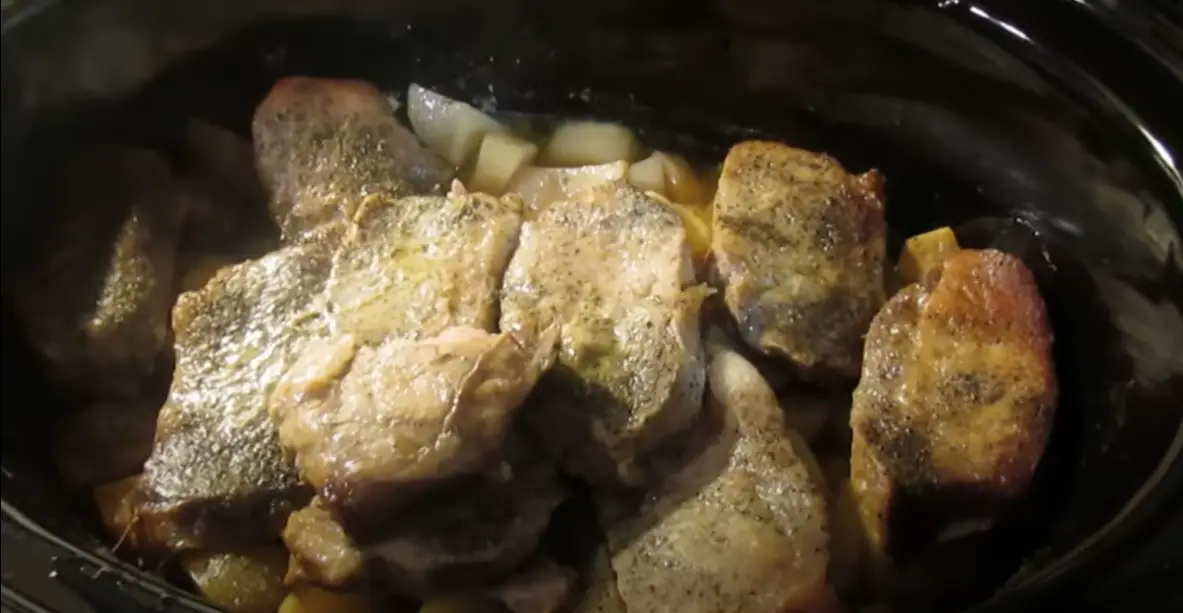Introduction
Soft pastries are a delightful treat that can be enjoyed any time of the day. Whether you crave a sweet breakfast or a delicious dessert, this soft pastry recipe is sure to satisfy your taste buds. Made with a few simple ingredients, these pastries are easy to prepare and will impress your family and friends. In this article, we will guide you through the process of making soft pastries and provide some variations and tips to enhance your baking experience.
Ingredients
To make these soft pastries, you will need the following ingredients:
– 2 cups all-purpose flour
– 1/4 cup granulated sugar
– 1/2 teaspoon salt
– 1/2 cup unsalted butter, cold and cubed
– 1/2 cup milk
– 1 teaspoon vanilla extract
– Your choice of filling (e.g., fruit preserves, chocolate spread)
Steps
1. In a large mixing bowl, combine the all-purpose flour, granulated sugar, and salt. Mix well to ensure the dry ingredients are evenly distributed.
2. Add the cold and cubed unsalted butter to the bowl. Using a pastry cutter or your fingertips, cut the butter into the dry ingredients until the mixture resembles coarse crumbs.
3. In a separate small bowl, whisk together the milk and vanilla extract. Pour the milk mixture into the dry ingredients and butter mixture. Stir until the dough comes together. Be careful not to overmix; the dough should be slightly sticky.
4. Transfer the dough onto a lightly floured surface. Knead the dough gently for a minute or two until it becomes smooth and elastic.
5. Divide the dough into smaller portions, depending on the size of pastries you desire. Roll each portion into a ball and flatten it with your hands or a rolling pin.
6. Spoon your choice of filling onto the center of each flattened dough portion. Be generous with the filling, but leave enough space around the edges to seal the pastries.
7. Fold the edges of the dough towards the center, covering the filling. Pinch the seams together to seal the pastries.
8. Place the filled pastries onto a baking sheet lined with parchment paper. Leave some space between each pastry to allow for expansion during baking.
9. Preheat your oven to 375°F (190°C). While the oven is heating, let the pastries rest for about 15 minutes. This will help them rise slightly.
10. Once the oven is preheated, bake the pastries for 15-20 minutes, or until they turn golden brown. Keep an eye on them to prevent overbaking.
11. Remove the pastries from the oven and let them cool on a wire rack. Once cooled, you can dust them with powdered sugar or drizzle with a glaze for added sweetness.
Variations
There are endless possibilities for experimenting with different fillings and flavors when it comes to soft pastries. Here are a few variations you can try:
1. Fruit-filled pastries: Instead of using fruit preserves, try using fresh fruits such as sliced strawberries, blueberries, or peaches as a filling. Simply place the fruit on the dough before folding and sealing the pastries.
2. Nutella-filled pastries: If you’re a chocolate lover, substitute the fruit preserves with Nutella or any other chocolate spread. The combination of soft pastry and creamy chocolate will surely satisfy your sweet tooth.
3. Cream cheese and jam pastries: Spread a layer of cream cheese on the dough before adding the fruit preserves. This variation adds a tangy and creamy element to the pastries.
4. Cinnamon sugar pastries: Mix together cinnamon and sugar in a small bowl. Sprinkle the mixture over the dough before folding and sealing the pastries. This variation gives the pastries a warm and comforting flavor.
Feel free to get creative and experiment with different fillings to find your favorite combination!
Tips
– Use cold butter: Cold butter is crucial for achieving a flaky and tender pastry. When the cold butter melts during baking, it creates steam, which helps create layers and lift the dough.
– Do not overmix the dough: Overmixing the dough can result in tough pastries. Mix the dough just until it comes together, and resist the temptation to keep mixing.
– Let the pastries rest before baking: Allowing the pastries to rest after assembling them helps them rise slightly and ensures a lighter texture.
– Seal the edges properly: It’s important to seal the edges of the pastries well to prevent the filling from leaking out during baking. Pinch the seams firmly to secure the pastries.
– Adjust baking time: Keep an eye on the pastries while they are baking, as different ovens may vary in temperature. Adjust the baking time accordingly to achieve the desired golden brown color.
Conclusion
With this soft pastry recipe, you can easily create delicious pastries that are perfect for breakfast, dessert, or a snack. The combination of a flaky, buttery crust and a sweet filling makes these pastries irresistible. Whether you choose to fill them with fruit preserves, chocolate spread, or any other variation, you’re sure to impress your taste buds and those around you. So, grab your apron and get ready to indulge in these delightful treats!

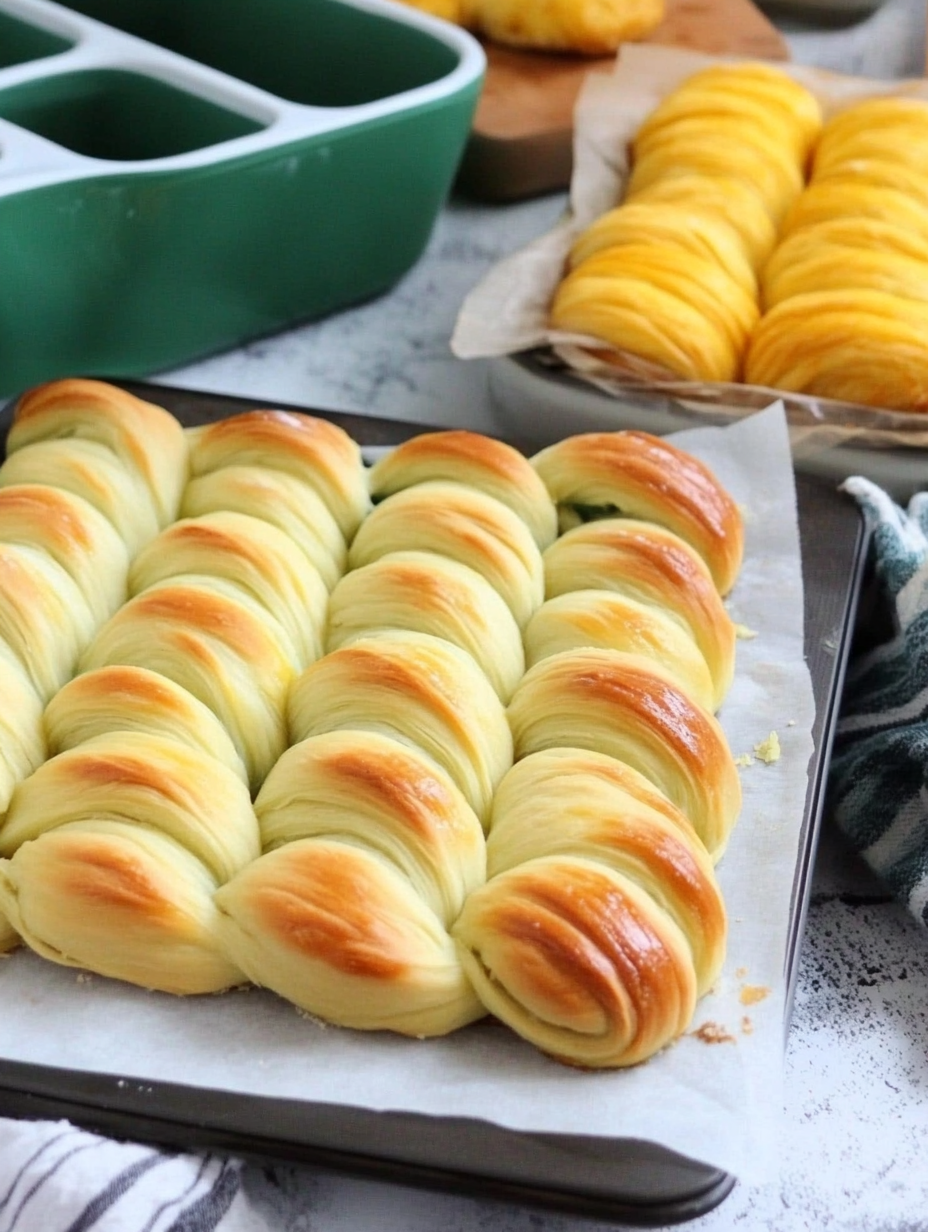
FAQs
Q: Can I make the dough in advance?
A: Yes, you can prepare the dough in advance and store it in the refrigerator for up to 24 hours. Simply wrap it tightly in plastic wrap or place it in an airtight container.
Q: Can I freeze the pastries?
A: Yes, you can freeze the pastries before baking them. Once assembled, place them on a baking sheet and freeze until firm. Then, transfer them to a freezer-safe container or bag. When ready to bake, simply place the frozen pastries on a baking sheet and add a few extra minutes to the baking time.
Q: How long can I store the baked pastries?
A: The baked pastries can be stored in an airtight container at room temperature for up to 2 days. For longer storage, you can refrigerate them for up to 5 days or freeze them for up to 3 months.
Q: Can I use whole wheat flour instead of all-purpose flour?
A: Yes, you can use whole wheat flour, but keep in mind that the pastries may have a slightly denser texture and a nuttier flavor.
Q: Can I substitute the butter with margarine?
A: While margarine can be used as a substitute, the flavor and texture of the pastries may be slightly different. Butter is recommended for the best results.
Q: Can I make mini pastries instead of larger ones?
A: Absolutely! Simply divide the dough into smaller portions and adjust the baking time accordingly. Mini pastries make great bite-sized treats for parties or gatherings.
Q: Can I reheat the pastries?
A: Yes, you can reheat the pastries in a preheated oven at 350°F (175°C) for a few minutes until warmed through. Alternatively, you can microwave them for a short time, but be cautious as they may become slightly soggy.
Q: Can I use a different filling for these pastries?
A: Yes, you can get creative and use a variety of fillings based on your preferences. Some other popular options include almond paste, caramel, or even savory fillings like cheese and ham.

